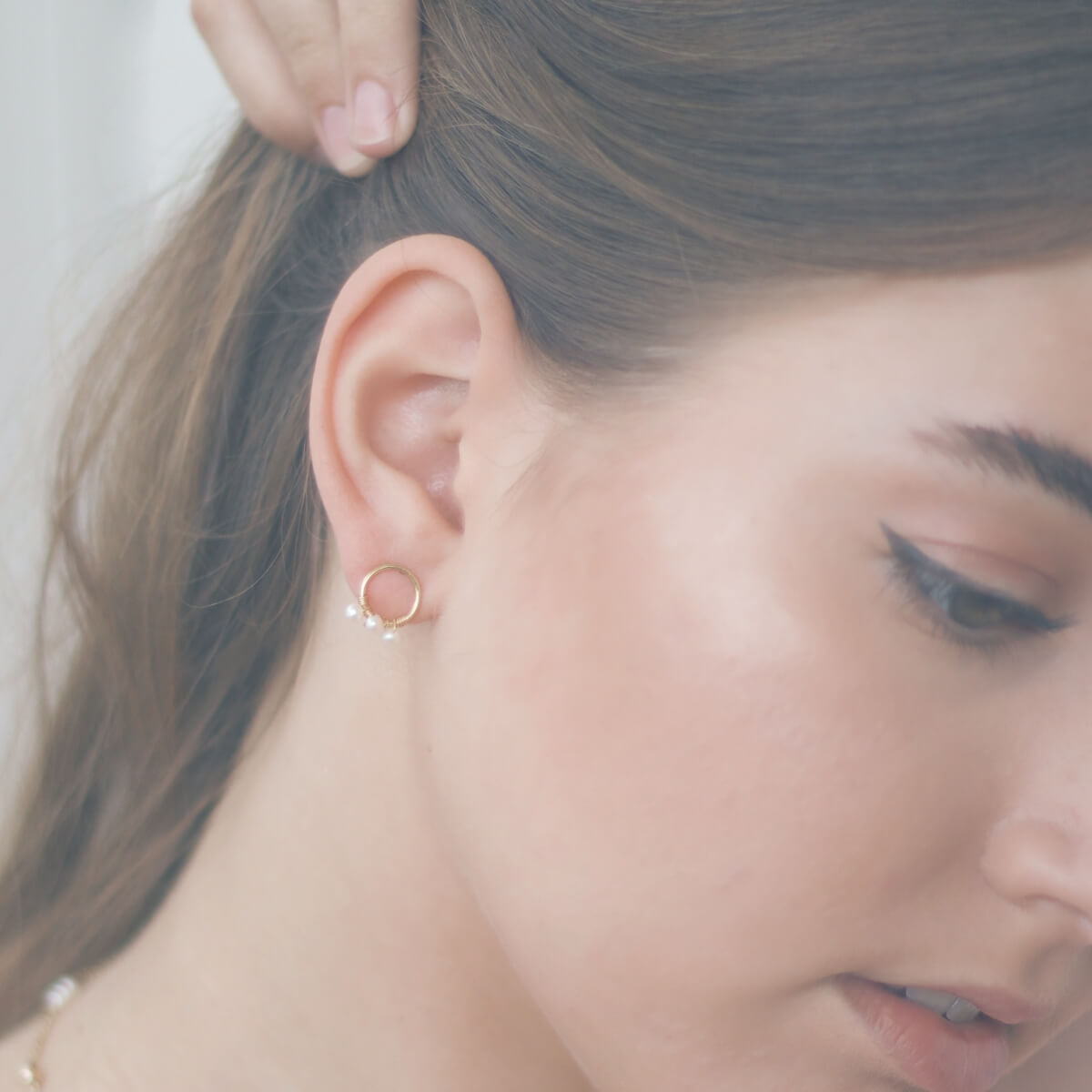Hearing Loss & Ear Care
Many people assume hearing loss is just part of aging, but it is possible to maintain good hearing well beyond youth. It’s true that age contributes to hearing loss, but there are many other factors that influence a person’s level of hearing, which is why protecting your hearing is so important. And because hearing plays such an important role in our day-to-day lives and quality of our relationships, it is important to seek medical attention if you notice a change in your hearing.
Symptoms and Treatments

Hearing Loss
In addition to age, several other factors can contribute to hearing loss, including:
- Noise
- Medication
- Illness
- Trauma
- Infection
Treatment for hearing loss varies based on its cause and whether it is sudden or gradual. In some cases, the only treatment is to manage the symptoms and prevent it from worsening. If hearing loss is acute and caused by an infection or illness, treating the primary problem will likely restore hearing.
The most important thing you can do if you experience any symptoms related to hearing loss is to discuss the problem with your doctor, so he or she can determine the cause and create the appropriate treatment plan.
Ringing in the Ear
Most of us have experienced a temporary ringing sound in the ear at some point, but for some people, the sound is continuous. When ringing in the ear will not go away, it is known as tinnitus. The sound is sometimes more like a roar, hum, or buzz, but it is only something the person suffering from tinnitus can hear and is not related to any environmental noise.
There are several potential causes of tinnitus, including:
- Muscle movement or blood flow near the ear (usually related to pulsatile tinnitus)
- Problems in the nerves related to hearing (usually related to non-pulsatile tinnitus)
- Age-related hearing loss
- Acoustic trauma
- Earwax buildup
- Medication
- Excessive consumption of caffeine or alcohol
- Ear infection
- Eardrum rupture
- Dental problems, especially TMJ
- Surgery or radiation injuries
- Excessive dieting
- Repetitive exercise
- Migraines
- Diseases, such as anemia, acoustic neuroma, thyroid disease, and a variety of other conditions
Treatment for tinnitus varies depending on the cause. In some cases, the ringing clears up on its own. Even in instances where tinnitus cannot be cured, a doctor can help you manage the symptoms and prevent them from interfering with daily life.


Fluid in the Ear
Fluid in the ear is caused by a blockage that impedes drainage from the middle ear space. In addition to ear infections, the common cold and allergies can cause fluid buildup in the ear. There are also instances in which fluid in the ear is related to physical development, which is why it is more common in children.
Symptoms of fluid in the ear include:
- Hearing loss
- Vertigo or balance problems
- Full feeling in the ears
Unfortunately, when fluid builds up in the ears of small children, there might be no symptoms present. It is not until speech is delayed that fluid buildup is discovered.
Diagnosing fluid in the ear includes an examination of the ear with an otoscope. In some cases, a simple and painless procedure called tympanogram may be performed to confirm the presence or absence of clear fluid in the ear, which can sometimes be difficult to see.
Treatment for fluid in the ears varies based on the cause and can sometimes be treated with antibiotics or steroid nasal sprays. Doctors often take a wait-and-see approach with children, but when fluid buildup begins to interfere with development, they can surgically place tubes in the ear to help with drainage.
Eustachian Tube Dysfunction
Eustachian tubes are the passageways connecting the upper part of your throat to the middle ears. Whenever you swallow, sneeze, or yawn these tubes open and let air flow through. It is possible for Eustachian tubes to get clogged, which is known as Eustachian tube dysfunction.
Eustachian tube dysfunction can result in a variety of symptoms, including:
- Full or plugged feeling in the ear
- Muffled hearing
- Popping or clicking sensations
- Pain
- Ringing in the ear
- Vertigo
These symptoms usually increase in severity when you are in an elevator, on a plane, or experiencing other changes in altitude.
Eustachian tube dysfunction is sometimes caused by inflammation that is triggered by a cold, flu, sinus infection or allergies, but it is also possible for children to suffer eustachian tube dysfunction because of their developing tubes that are shorter and straighter.
Treatment for eustachian tube dysfunction varies based on the cause. Sometimes it clears up on its own or by treating the underlying causes with medication. Chronic cases in children might require placement of tubes to support the natural function of the developing Eustachian tubes.


Ear Drum Perforations
A perforated or ruptured ear drum is caused by a tear in the thin membrane separating the outer ear from the middle ear. It usually happens suddenly and can trigger sudden, sharp pain, milder chronic pain, or no pain at all. Ear drum perforations can lead to hearing loss, but often clear up without medical attention.
Ear drum perforations can be caused by a number of different things, including:
- Ear infection that causes pressure buildup and pushes against the eardrum
- Poking the eardrum with a foreign object, such as a cotton-tipped swab used to clean wax out of the ear canal
- Changes in altitude
- Head injuries
- Acoustic trauma
Symptoms also vary or might not be present at all. Some people experience only mild discomfort or notice air coming from their ears when blowing their nose. In addition to mild to moderate pain, there might also be drainage which can be bloody, clear, or resemble pus, buzzing in the ear, hearing loss, chronic ear infections, vertigo, or facial weakness.
Most perforations heal with little to no medical attention. Doctors sometimes prescribe antibiotics to prevent ear infections and might place a patch over the eardrum for larger perforations or when the perforation is caused by infection. In severe cases, surgery may be required to reconstruct the eardrum.




